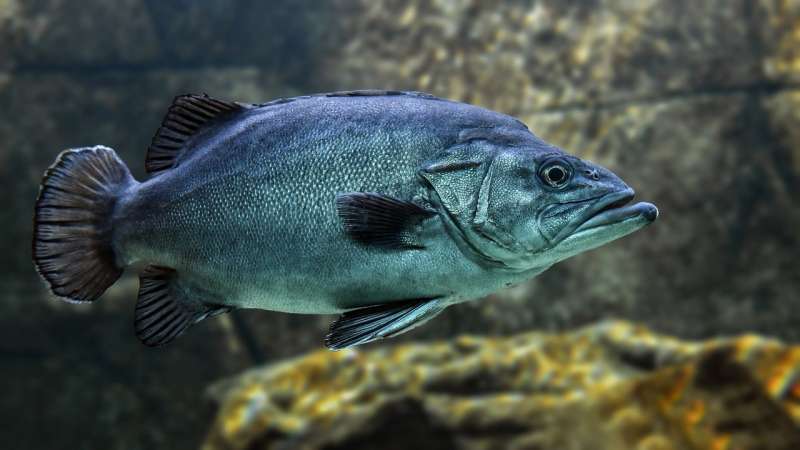Iron availability in seawater, key to explaining the amount and distribution of fish

People tend to pay more attention to how much food they are eating than to how rich their diet is in essential micronutrients like iron. However, if we do not get enough iron, we can become anemic, which leaves us sluggish and can impair growth and development. In the same way, biologists do not usually consider insufficient iron supply as being an important factor for the nutrition of wild animals, and instead tend to think about the total amount of food available to them. A new paper led by ICTA-UAB researchers Eric Galbraith and Priscilla Le Mézo and published in the journal Frontiers in Marine Science proposes that, in fact, the available iron supply in large areas of the ocean is insufficient for most fish, and that—as a result—there are fewer fish in the ocean than there would be if iron were more plentiful.
Animals only require a tiny amount of iron. Yet, they cannot live without it, and red-blooded animals rely on it to form the hemoglobin they use to transport oxygen in their blood. It needs to be obtained from food, but it is difficult to absorb. As a result, humans can develop anemia even though our food grows in relatively iron-rich soils.
By comparison, the ocean—away from the coasts—is almost entirely devoid of iron. Much of the seawater at the ocean surface contains so little dissolved iron that its concentration could not be accurately measured until the 1980s. Although it is known that the vanishingly-small amounts of iron can cause photosynthetic algae to grow slowly, until now scientists had not considered iron availability as an important factor in the ecology of marine animals.
"The big clue came from looking at satellite observations of where fishing occurs," explains Galbraith. Together with co-author David Kroodsma of Global Fishing Watch, based in San Francisco, the team analyzed years of global data on where fishing boats actually catch fish when they venture out into the high sea. "We saw that there is essentially no fishing happening within the three most strongly iron-limited regions of the world—the Southern Ocean, the Eastern Equatorial Pacific and the Subarctic Pacific."
"Based on that clue, I set out to see if there was evidence that fish could possibly be anemic," says Le Mézo. As she discovered, there is plenty. When producing fish for food in marine aquaculture, it is common to supplement their feed with iron in order to make sure they grow quickly and are capable of reproducing. "And when we compared the amount of iron required by most fish to the amount they should be able to obtain from iron-poor food in the sea, it was obviously not enough."
"The clincher was when we learned about the Antarctic icefish," says Le Mezo. The white-blooded Antarctic icefish is the only vertebrate animal to ever have lost the use of hemoglobin over the course of evolution. "Many have proposed reasons for why the icefish may have developed its white blood, but no one ever proposed that it could be due to low iron availability." As pointed out in the paper, the icefish is only found in the Southern Ocean, the largest iron-poor domain of the ocean, and the lack of hemoglobin greatly reduces the iron requirements of the icefish compared to other fish.
These results suggest a previously-overlooked role of iron in determining which marine animals live where. They also suggest that more iron-rich environments may be unexpectedly important in producing the fish we catch, and may play key roles in fish life cycles, including the fact that salmon spawn in streams. "Our paper ends up asking many more questions than it can answer," says Galbraith. "But if the role of iron turns out to be as important as we think it is, we'll need to change the way we think about animal life in the high seas".
More information: Eric D. Galbraith et al, Growth Limitation of Marine Fish by Low Iron Availability in the Open Ocean, Frontiers in Marine Science (2019). DOI: 10.3389/fmars.2019.00509
Provided by Autonomous University of Barcelona





















